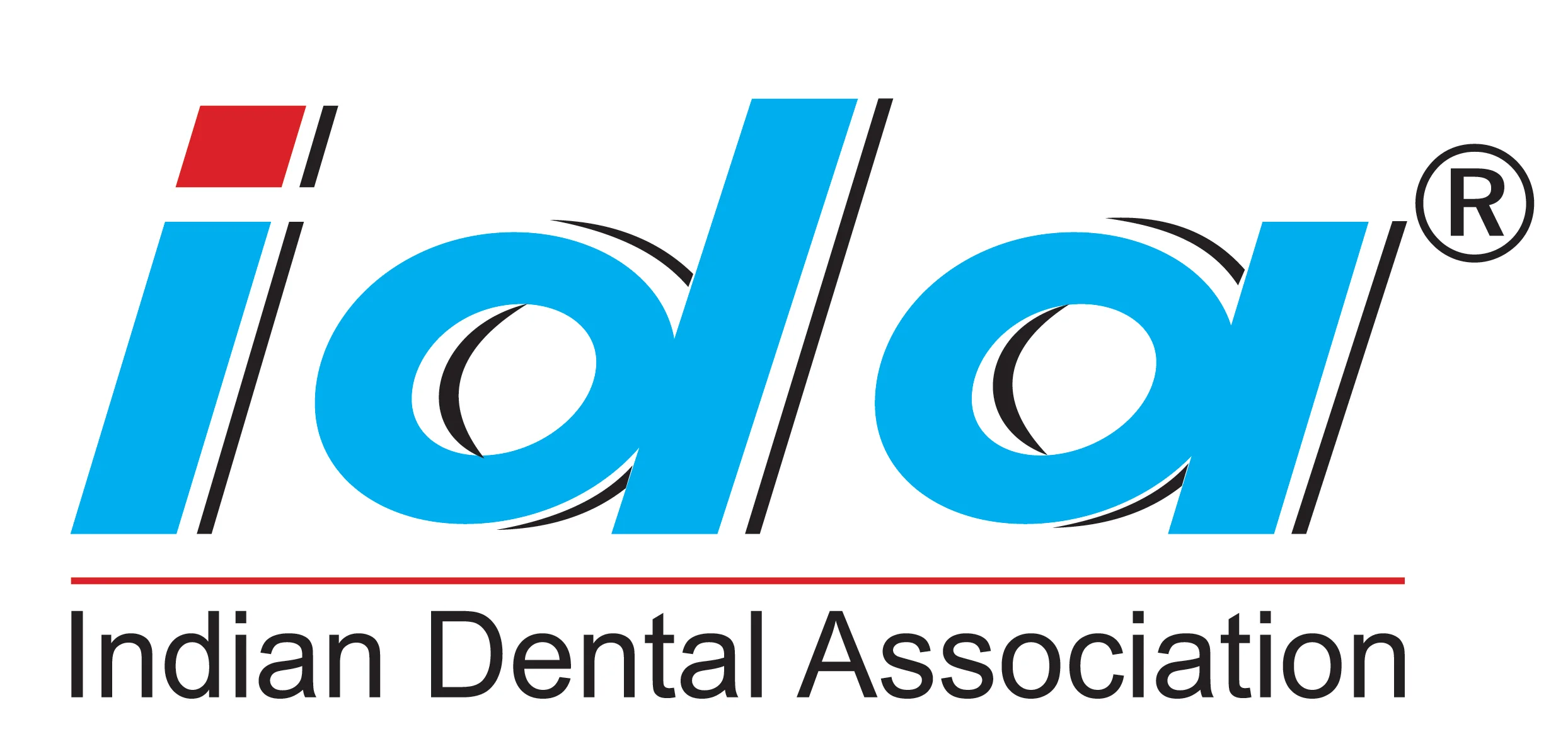What are Dental Implants?
Dental implants (or teeth implants or tooth replacement) are easily the most popular and also the ideal solution, for replacing your missing tooth/teeth.
At Stoma Dental Care, our implant restorations are permanent and made from the highest-quality biocompatible materials.
In addition to standard dental implants, we also offer denture-retained implants and mini implants, too. We’ll help you understand your options and which treatment plan is right for you.
The Guided Implant Technique
Our modern implant technology ensures a more comfortable experience, superior results, and a higher treatment success rate.
The Guided Implant Technique is a sophisticated approach that elevates the dental implant process. This technique involves meticulous planning and utilization of advanced imaging to guide the precise placement of dental implants. This guarantees flawless placement, significantly reduces discomfort, and accelerates recovery time.
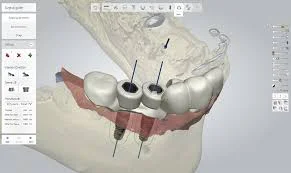
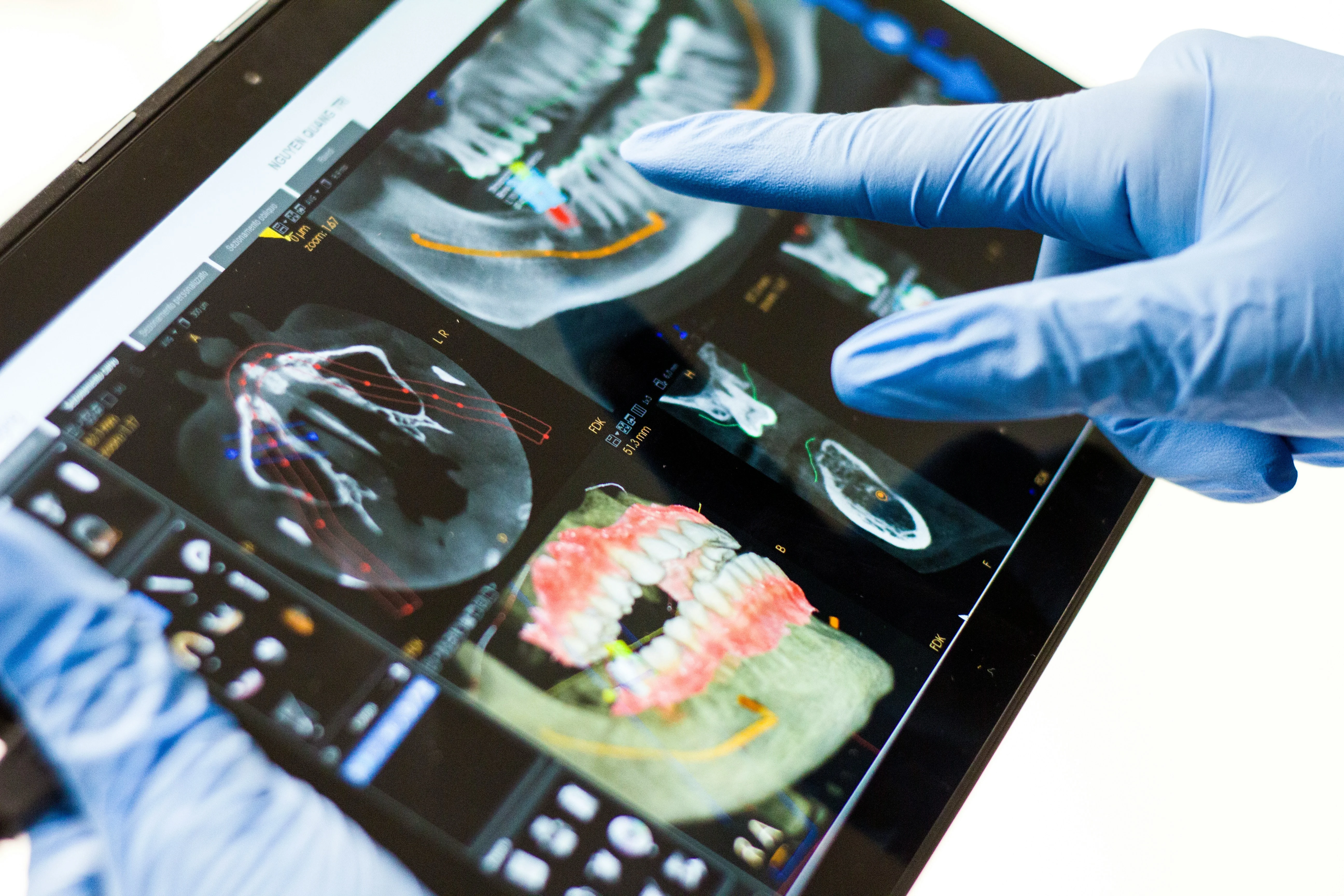
Eliminating guesswork with 3D imaging technology- Know how it’s going look and feel when you make the decision!
Thanks to CBCT 3D imaging, Dr. Aditi Dhoble can visualize exactly what’s going on in your mouth and create a treatment plan personalized to your needs. Our investment in advanced technology allows us to deliver efficient care and long-lasting dental implant results.Completing your dental implant
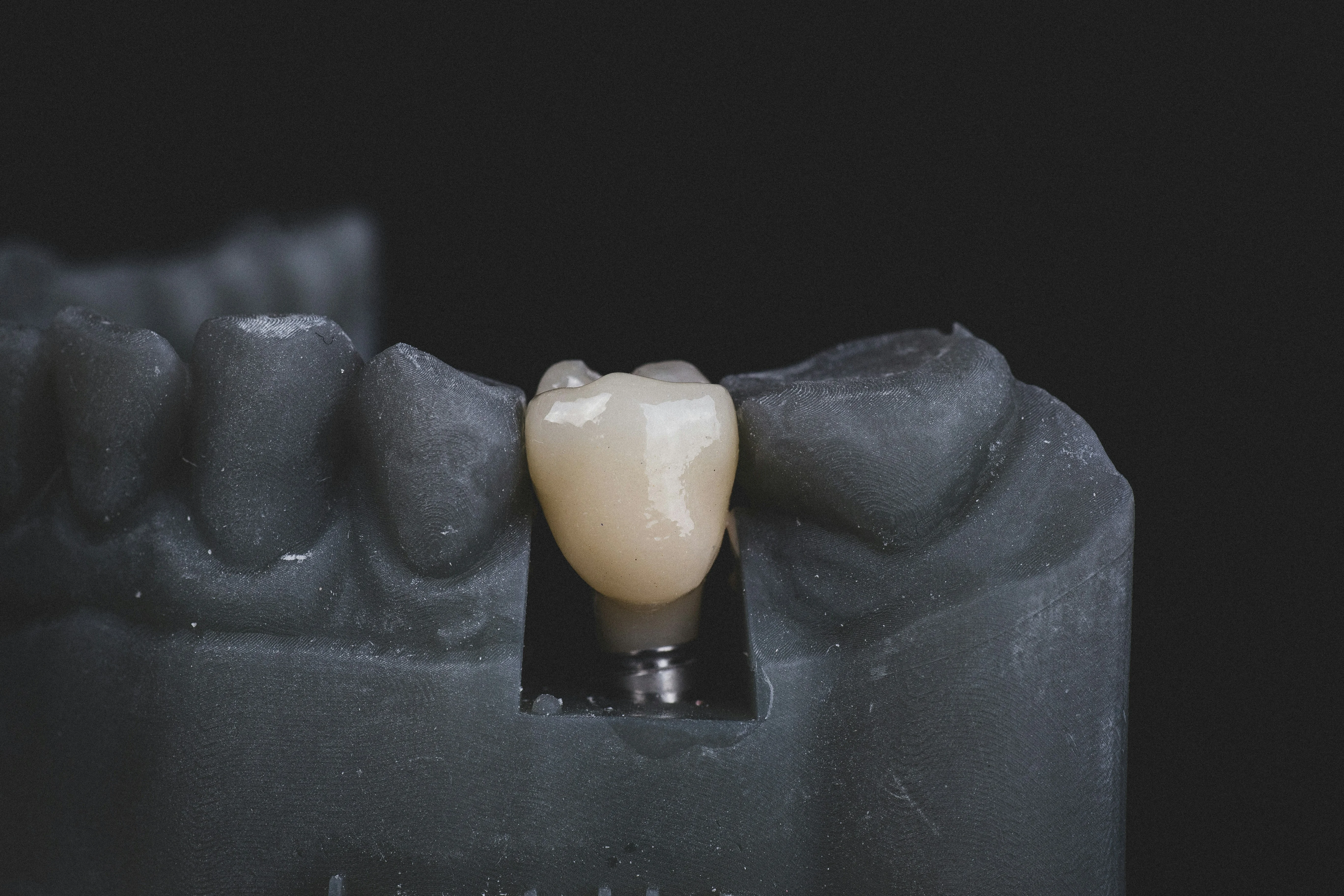
Benefits of
getting Dental Implants
Strengthens your jaw bone
Promotes healthy gums
Restores your ability to chew and speak
Gives you the confidence to smile naturally again
Let’s walk you through the Procedure!
- Consultation The dentist will examine your oral health in the first stage of the treatment. It helps to determine whether tooth extraction is needed before implant procedures.
- Planning In this stage, dentists will evaluate the oral tissues, bone, and gums with the help of intra-oral scanners and X-ray imaging. Then they will choose the suitable implant treatment.
- Preparation If the patient's jaw has low bone density, the dentist will perform a bone graft surgery to give enough space for the implant to fully entrench into the jaw.
- Placement of titanium screws The device is then placed into the tooth socket through an opening in the jawbone after the surgical area has been numbed.
- Placement of dental crowns Following this, the abutment is used to attach the dental crowns or bridges at the top of the implant device.
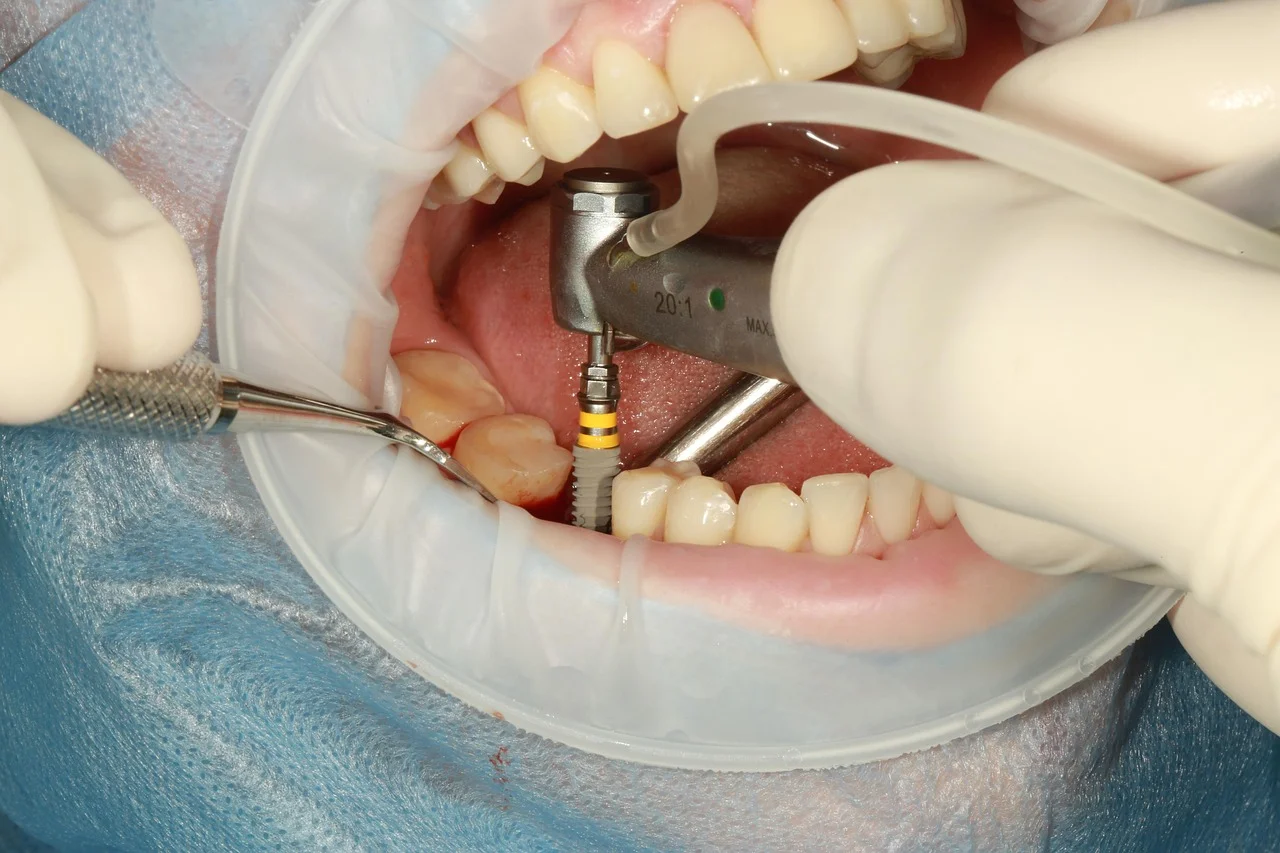
Post Treatment Care
- Gentle Brushing: Brush your teeth and implant-supported restorations gently using a soft-bristled toothbrush.
- No Smoking: If you smoke, it's advisable to quit during the healing phase and afterward. Smoking can impair healing and increase the risk of implant failure
- Soft Diet Initially: Stick to a soft diet in the days immediately following implant surgery.
- Follow-Up Appointments: Attend all follow-up appointments scheduled by your dentist to monitor the healing process


